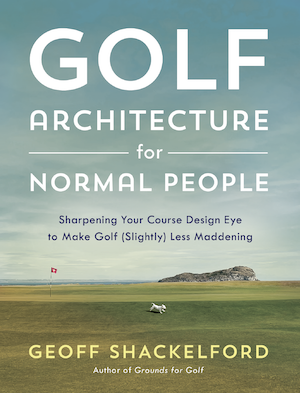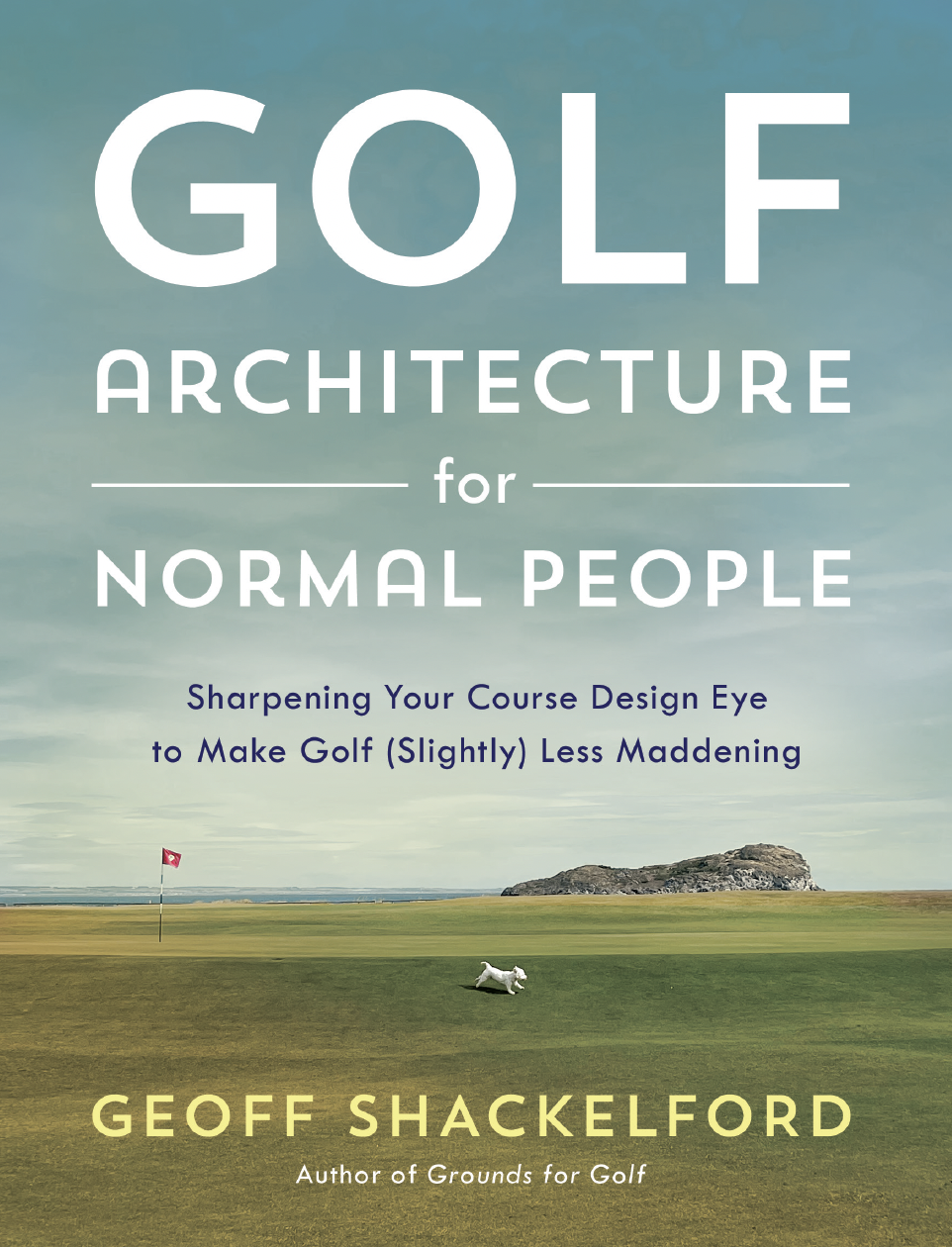Tiger: Who's a shotmaker? Who maneuvers the ball?
/I should have read more "Tiger at 30" stories. Well, at least in the case of Jaime Diaz's Golf Digest look. I should have known Jaime would offer a fresh and newsworthy take. And it helped to have access to an unusually chatty Tiger.
As he often does so well, Jaime lets his subject do the talking:
"I enjoy moving the ball and hitting different shots, and I think that's the way golf should be played," he says. "But the game has changed since I've been on tour. It's hard to make the ball move. You look at the old guys who are or were true shotmakers, like when I played with Lee Trevino at Bighorn and he blew my mind with some of the shots he hit. Then you look on tour and you ask, 'Who's a true shotmaker? Who actually maneuvers the ball or does something different with it?' And there really aren't that many, if any, out here anymore."
"I'd like to see more spin added to the golf ball, so misses would be more pronounced and good shots more rewarded," he said. "Anytime you bring maneuverability back into the game of golf, it's going to favor the better players who understand how to control the golf ball. It still matters in firm conditions or in wind. I always like to shape something in there a little bit just because I'm giving myself a fatter area for playing a miss, because it's not a game of perfect. I'd eliminate the 60-degree wedge and set a 56-degree limit. For one, it would bring more feel back into the game. Because now guys lay up to exact yardages and hit nothing but full shots. Nobody hits half shots anymore. And it would make the short game around the green a lot harder. If guys didn't have a 60-degree or even a 64-degree wedge to save them, you wouldn't see them being as aggressive going into the greens, because they couldn't short-side themselves as much.
"It's all about keeping the skill factor. At the moment, equipment has brought everyone closer together. It's harder to separate from the field, without a doubt. It's a challenge."
Tiger and his technophobic agenda. A thing of beauty!












